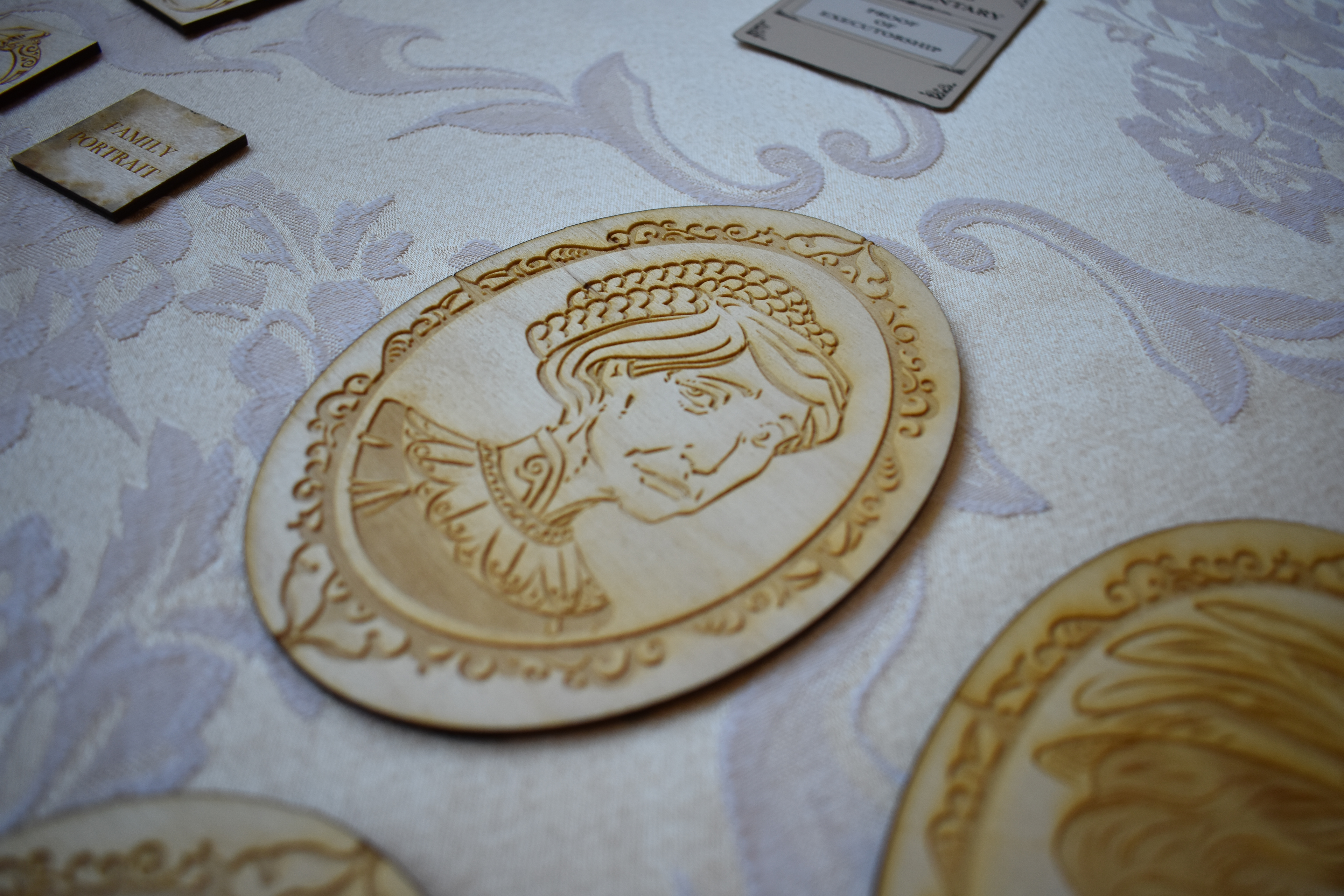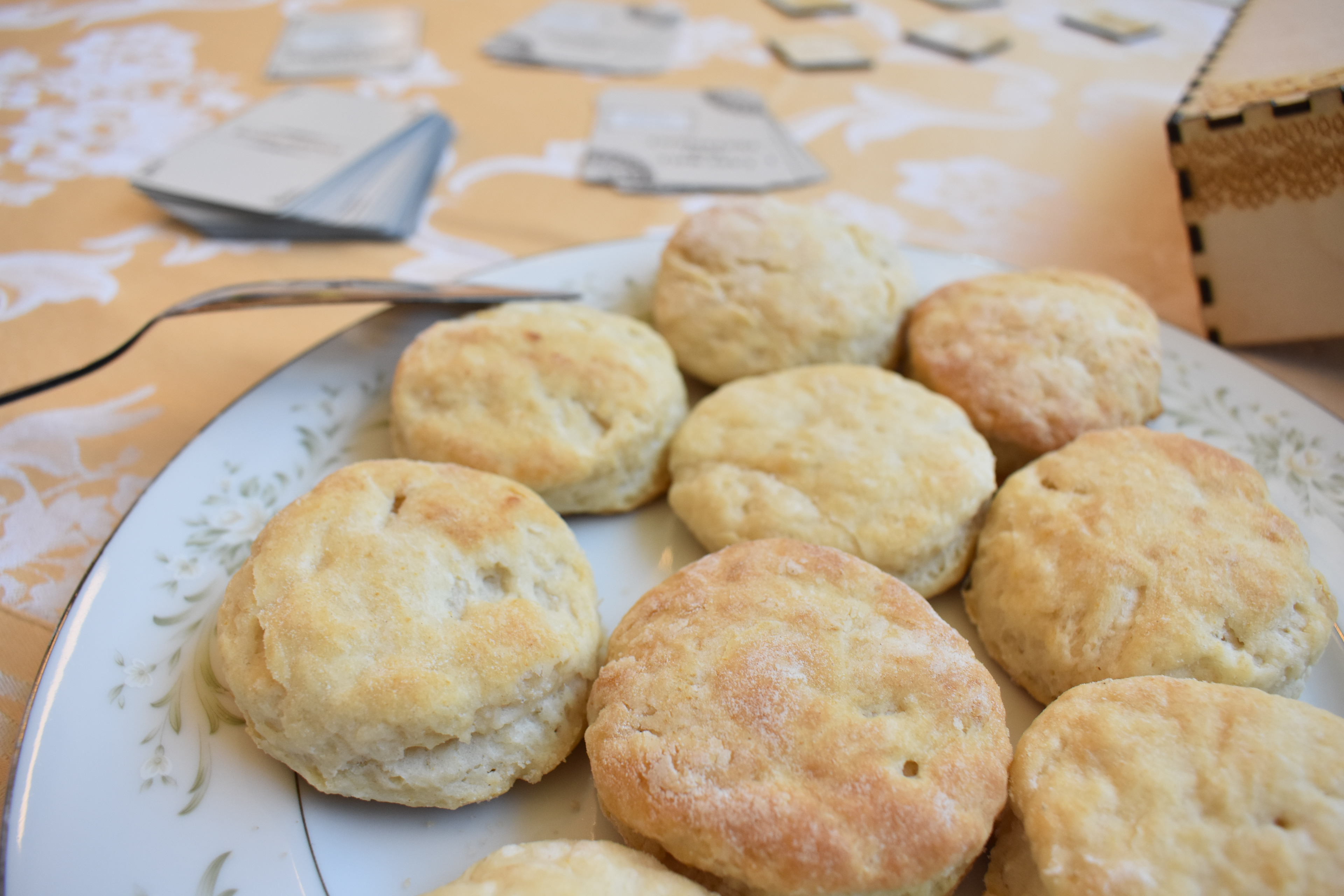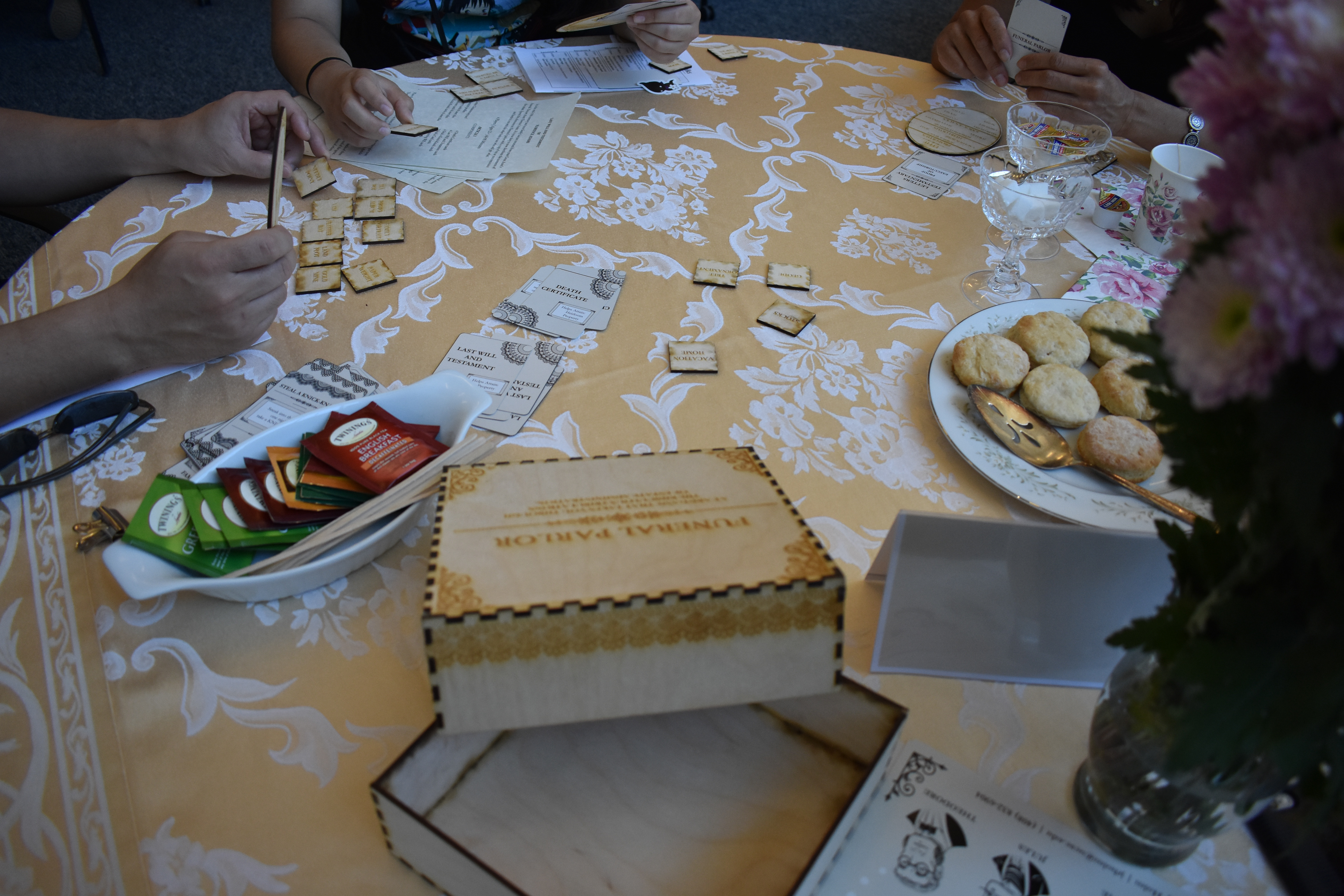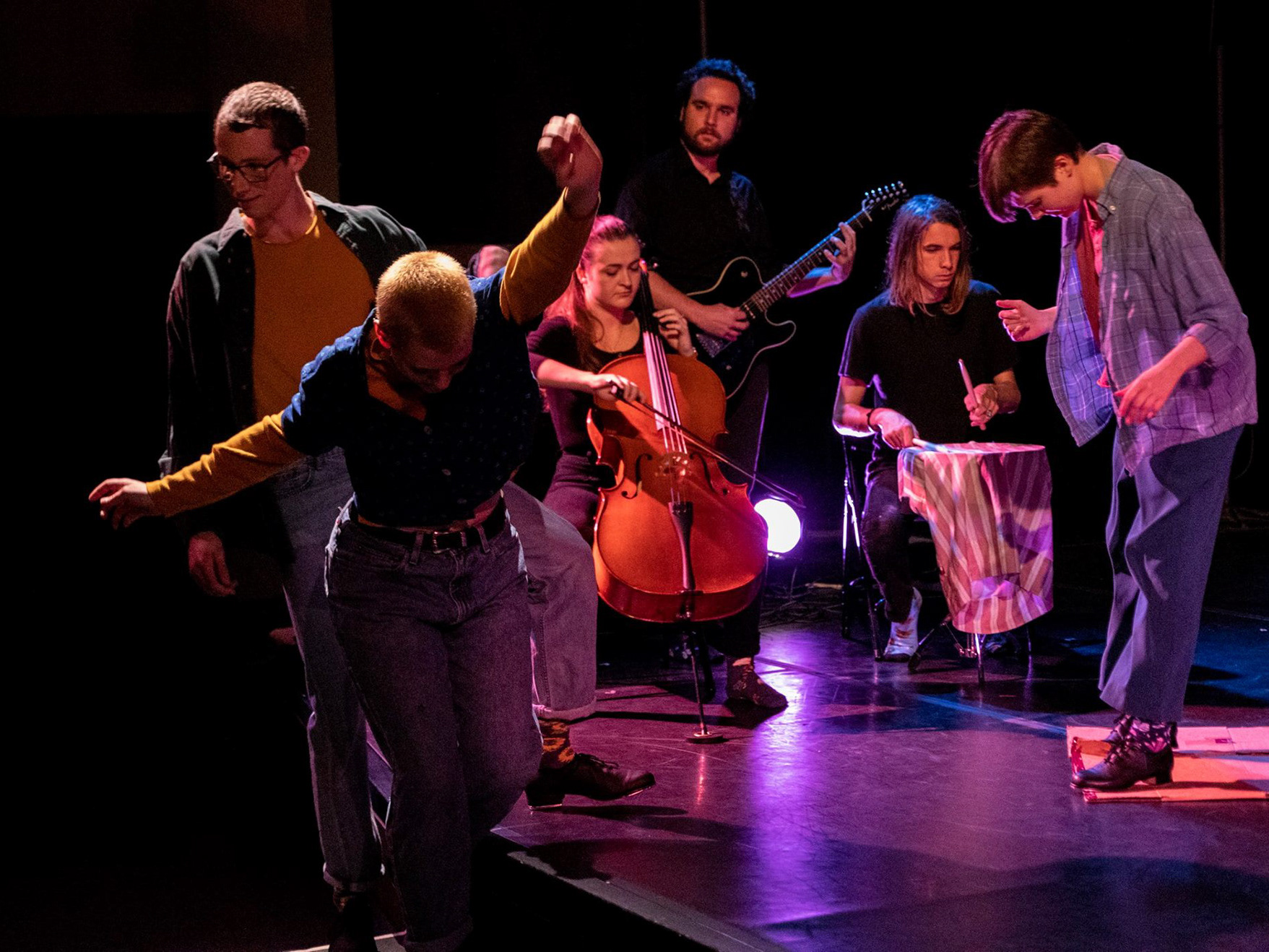Role: Designer and Fabricator
Illustrator: Eric Priestly
Project: Competitive/Cooperative Card Game
Timeframe: 9 months
Fabrication: Laser Cut on Wood & Print Cards
Shown In UCSC Games Showcase 2019 as an immersive experience.
Story & Gameplay
Funeral Parlor is a simultaneously collaborative and competitive card game that puts players in the position of managing the estate of a deceased relative. I created this game as my family was dealing with my own grandmother’s estate. A woman who often clarified that she was not a pack rat, but a collector.
The process of managing the estate of a deceased family member is difficult for everyone. They are acting upon grief, greed, jealousy, and frustration fueled by varying memories of the person it was all about. The aim of Funeral Parlor is to cultivate a sense of empathy across generations on the subject of grief and showcase how such an emotionally taxing experience can make us cope in an often considered “inappropriate” way.
The game itself is set in the Victorian era, prompting players to have a tea party and imagine themselves as a group of family members divving up their Great Aunt Florence’s estate. Players are given character profiles containing a list of items from the estate that they want. One player acts as Executor of the estate, which incorporates a power dynamic that can spring either hostile or beneficial relationships between players. Players enter the game believing that this is a simple and collaborative task. As gameplay goes on, players try to collect their character’s items through processes modeling the real legal experience that consists of endless paperwork, waiting periods, and biased approvals. Not only is there frustration over the number of steps they must take to acquire the items, but players also realize that the other players may have conflicting objectives.









At this realization, players begin to strategize how they will collect their items before other players do. Trading is a heavily featured mechanic that allows for bargaining and compromise. Some even go to the lengths of sabotage or theft. You may think I’m making things up, but I had an aunt arrive to help sort items, and quietly leave with a feather hat that for some reason, many others wanted. Towards the end of the game, players attempt to keep the game in rotation in the hopes they will be able to improve their collection of items. It seems as if the process will never complete until one player finally bites the bullet or everyone stalemates the game. There is a winner to this game, but all leave partially unsatisfied and frustrated at their inability to get what they want. Some have moral dilemmas and all consider the fact that a lot of items are a bit silly to have caused such an intense process to acquire.
Never has an old grocery list been so valuable, cases upon cases of paperclips most likely purchased and then forgotten and then unearthed for the first time, an old ring that had always caught your eye been something to take. We develop a strange relationship with a person’s things once they are gone. It’s not out of place to mysteriously find a painting, a pot, and a lamp missing after a family visit or your car to be filled with useless things that you will need a place to store later on. The Victorian aesthetic creates an air of delicacy combined with this dark humor to allow players to invest in the situation and embody the personalities of the characters. Funeral Parlor takes you through the seemingly never ending experience with high strategy, free flowing gameplay, giving unexpected results every time.
Development & Production
Conceptualization & Timeline The game was first conceptualized in ARTG 80G: Visual Communication & Interaction Design (Prof. Marcelo Díaz Viana Neto) at UC Santa Cruz in Fall 2018. The goal for the class was to design a card game, playtest, and iterate using the playtest feedback. In Spring 2019, Instr. Shimul Chowdhury selected Funeral Parlor as one of thirteen games to be developed in an additional specialized class ARTG 129-03: In the Cards where the game was able to be further playtested and polished. Over the course, the game was further playtested by multiple age demographics. The graphic design was also revamped along with minor changes to the rules to increase clarity and conversation. Additionally, time was spent creating marketing materials and fabricating a professional version of the game.
Prototyping & Playtesting Funeral Parlor went through four prototypes. The first was a bare bones paper prototype to experiment the best way to translate the real life experience into a card game. The second was another paper prototype to test the visual elements and fine-tune the rules and play. The third prototype was designed in Adobe Illustrator and laser cut. This version involved the most playtesting to make the game more understandable and adaptable to gameplay. Based on the feedback from this prototype, I designed and fabricated the fourth and current version of the game. My next steps are to improve upon the language in the rules and design a version of the game that is cheaper to produce.











Design & Fabrication I chose a Victorian aesthetic for this game because of its morbid nature. I wanted players to be able to detach themselves from the situation and embody the characters instead so that the player who has gone through estate administration can laugh and the player who has not can walk in the shoes of a character that has. The Victorian style is also quite busy and frivolous, two elements that aid in the comedic side of the narrative. Two elements of estate administration that I wanted to capture in this game were forced collaboration and monotony (but in a comedic way). The balancing act was making a fun game out of this incredibly not fun experience. Game pieces were laser cut in order to increase the tactile element. In estate administration one is going through all the items and, reliving the deceased through their things. In a game, there is not that same experience, so I thought having laser cut wooden pieces would help. There is the feeling of the wood and the smoky smell from the laser cut, something to touch that feels real.







